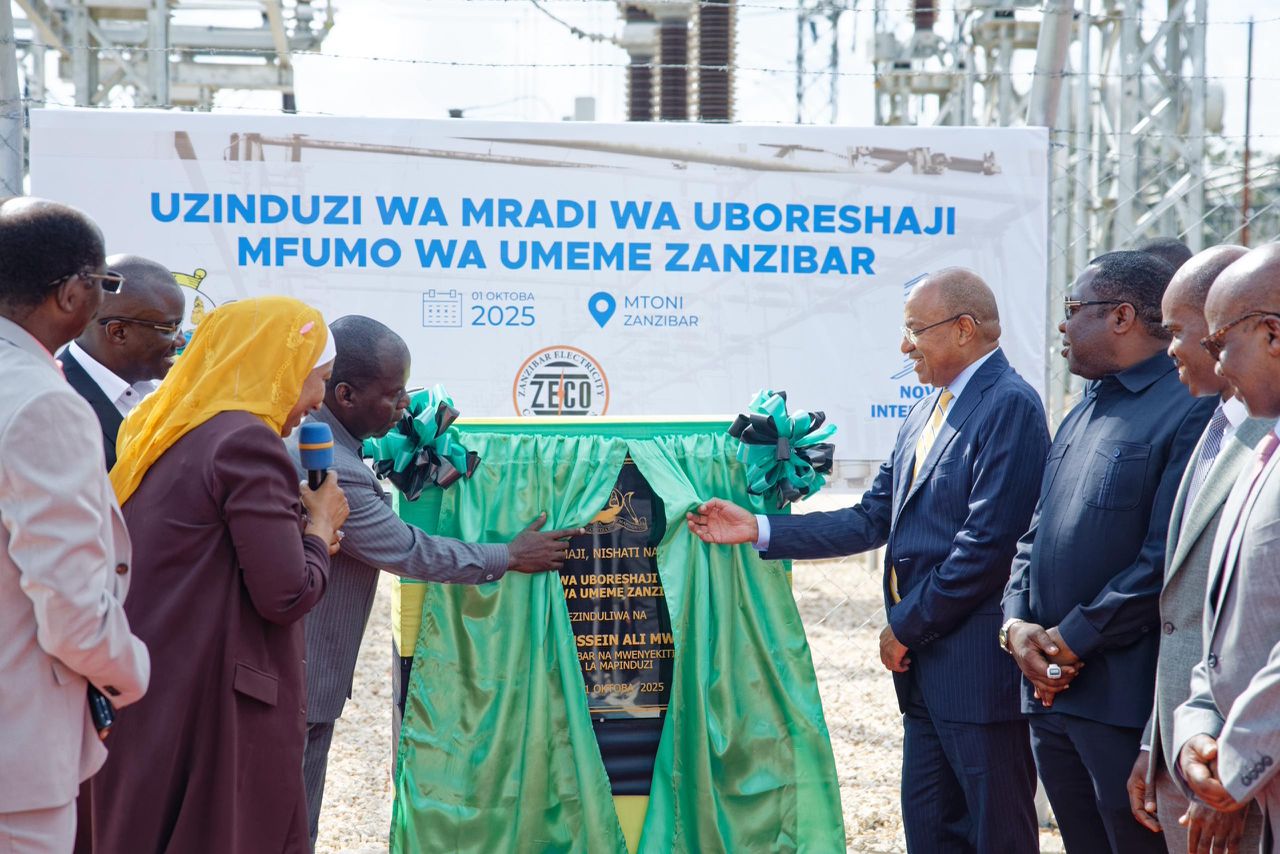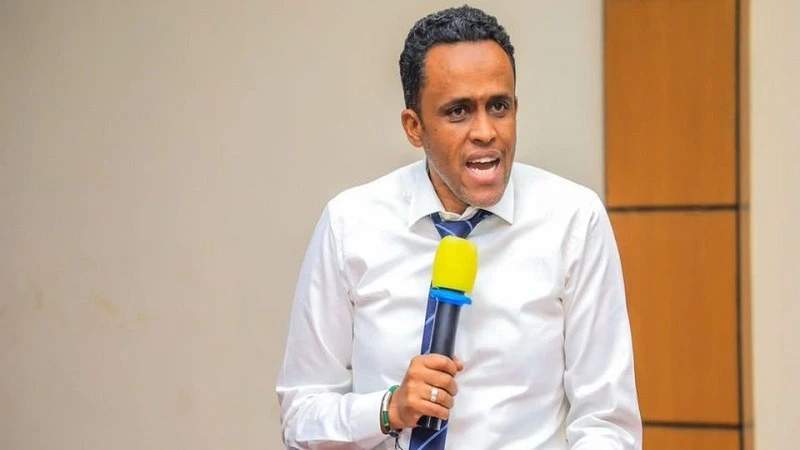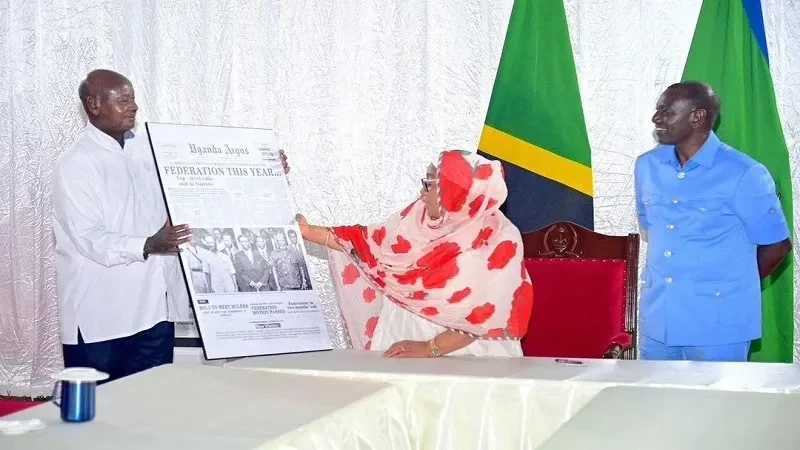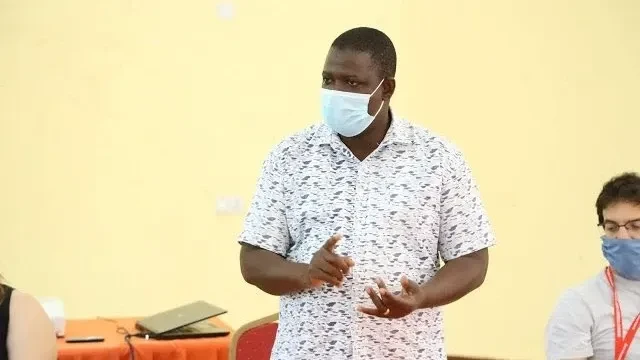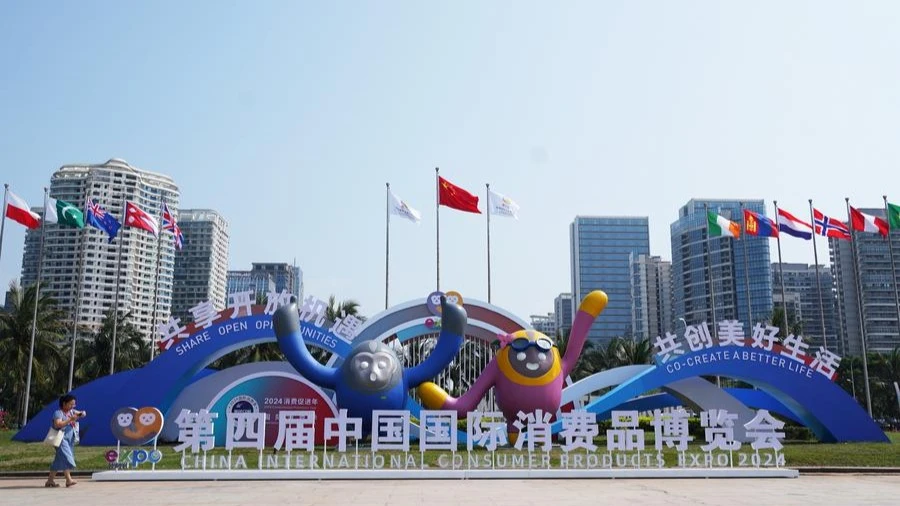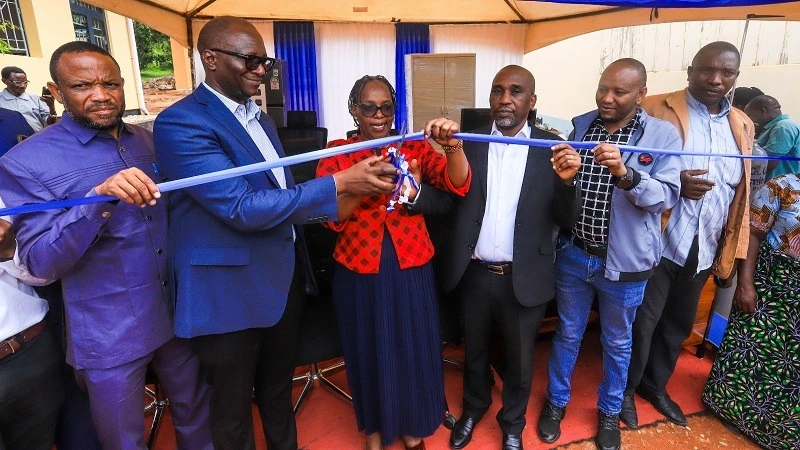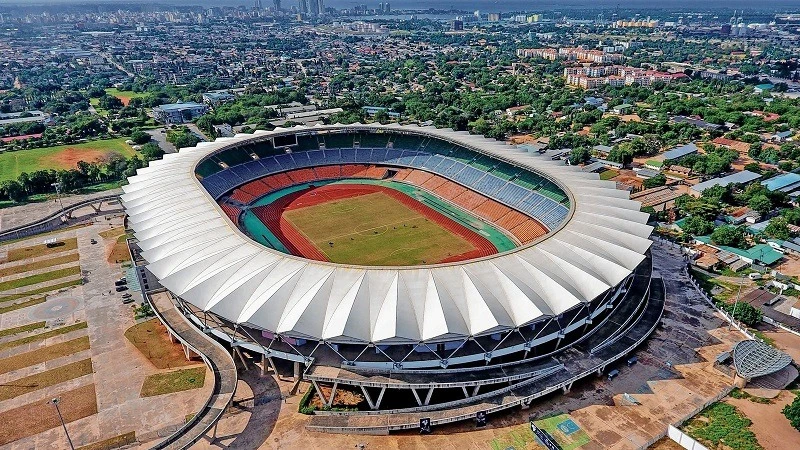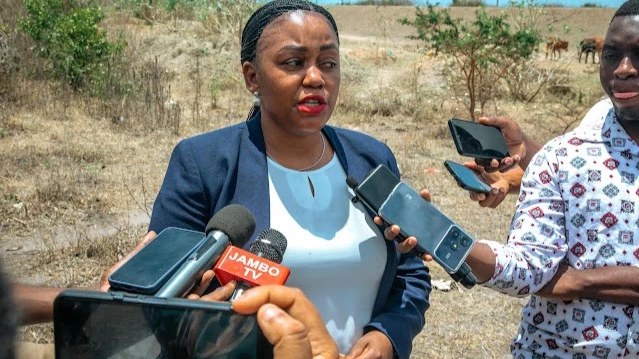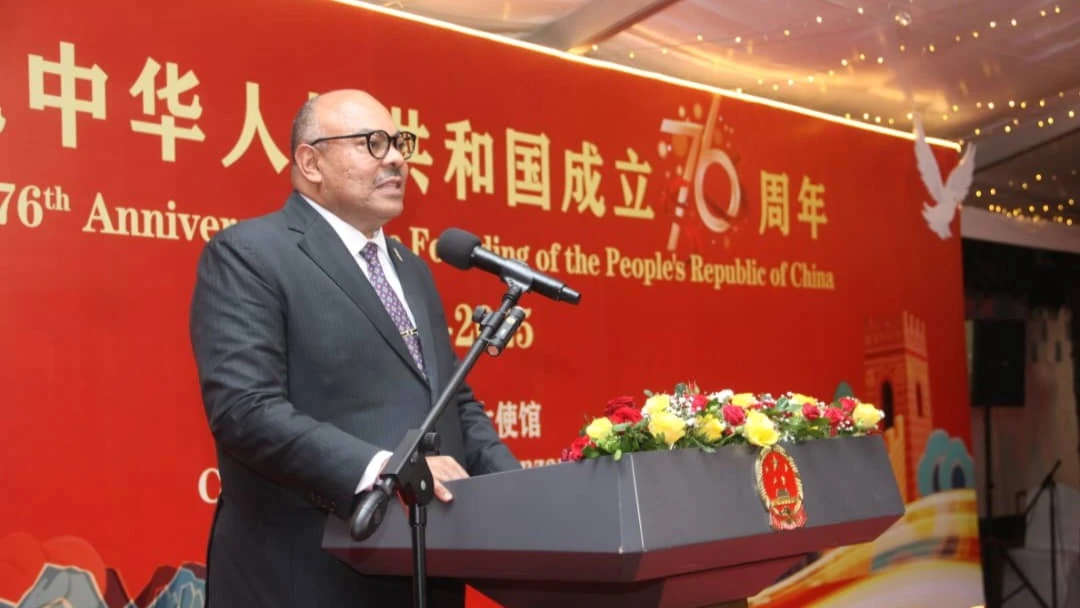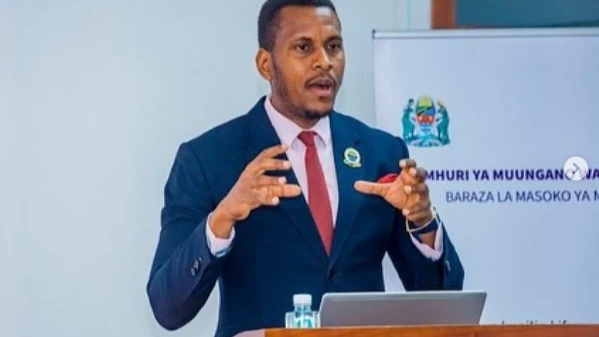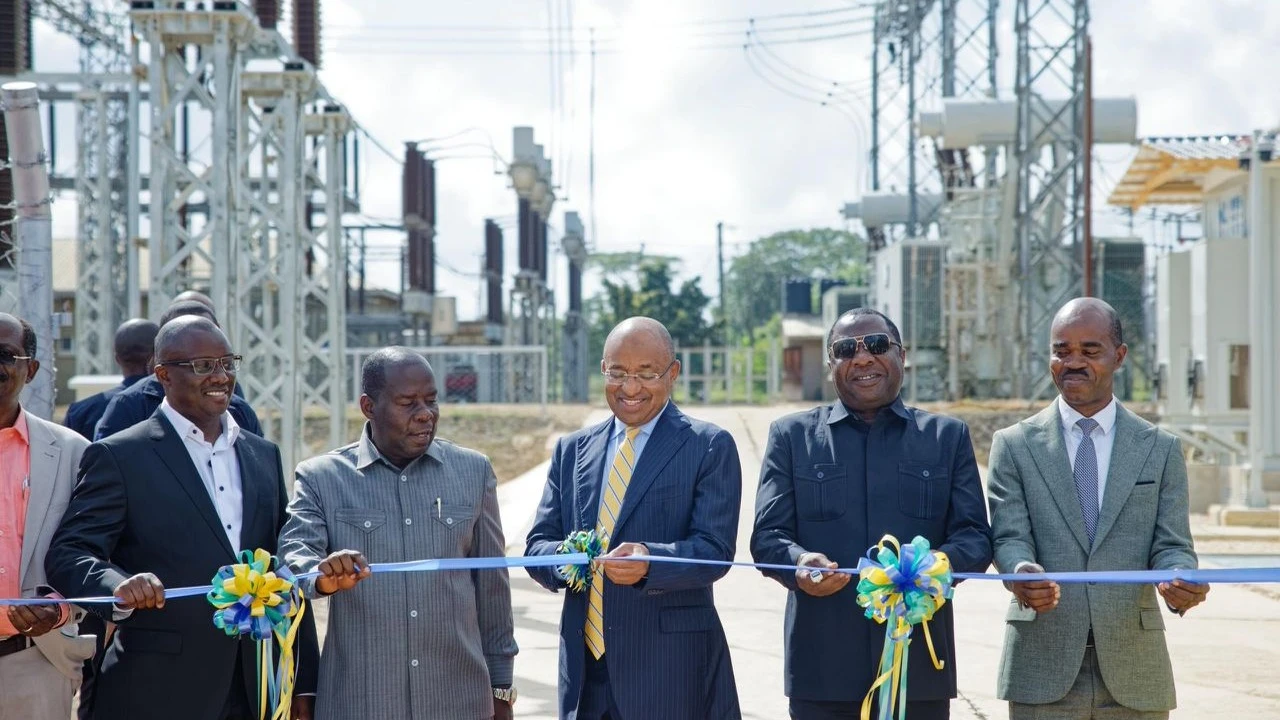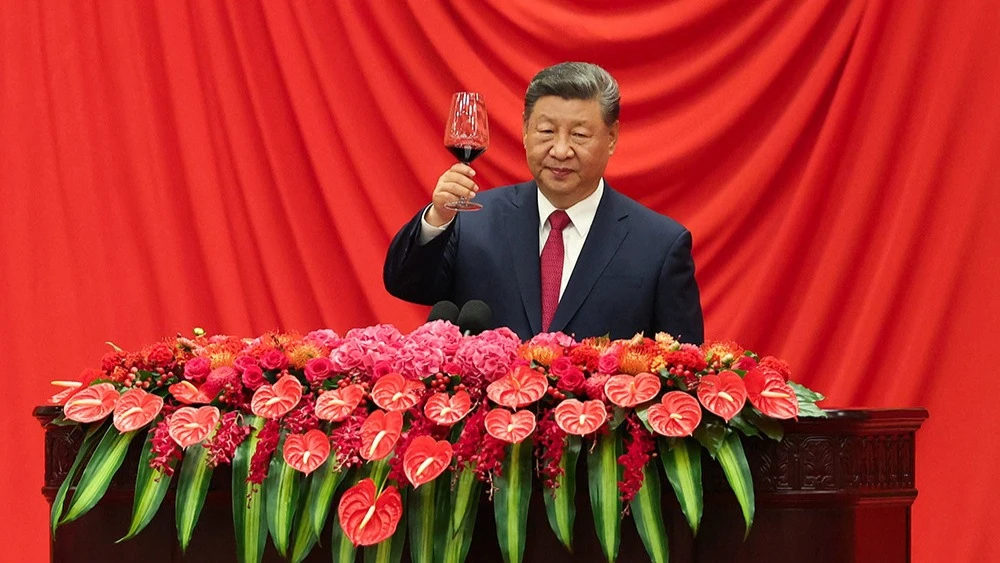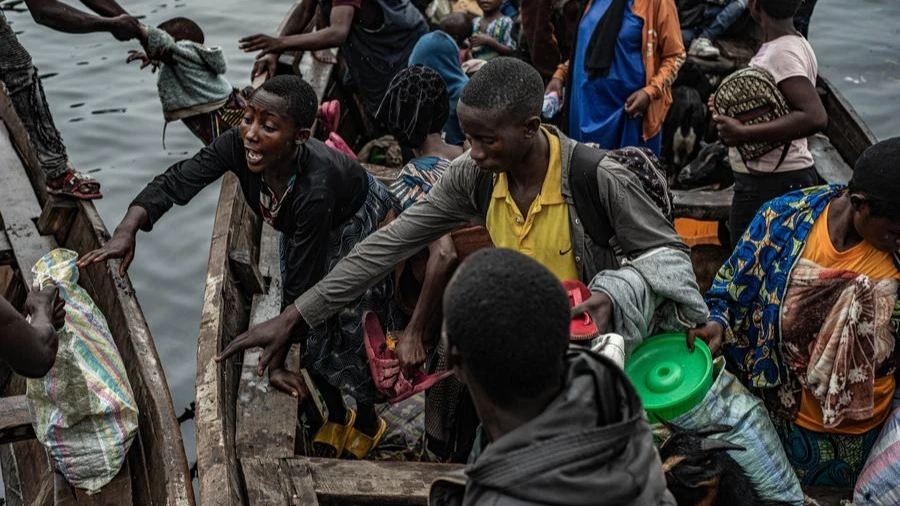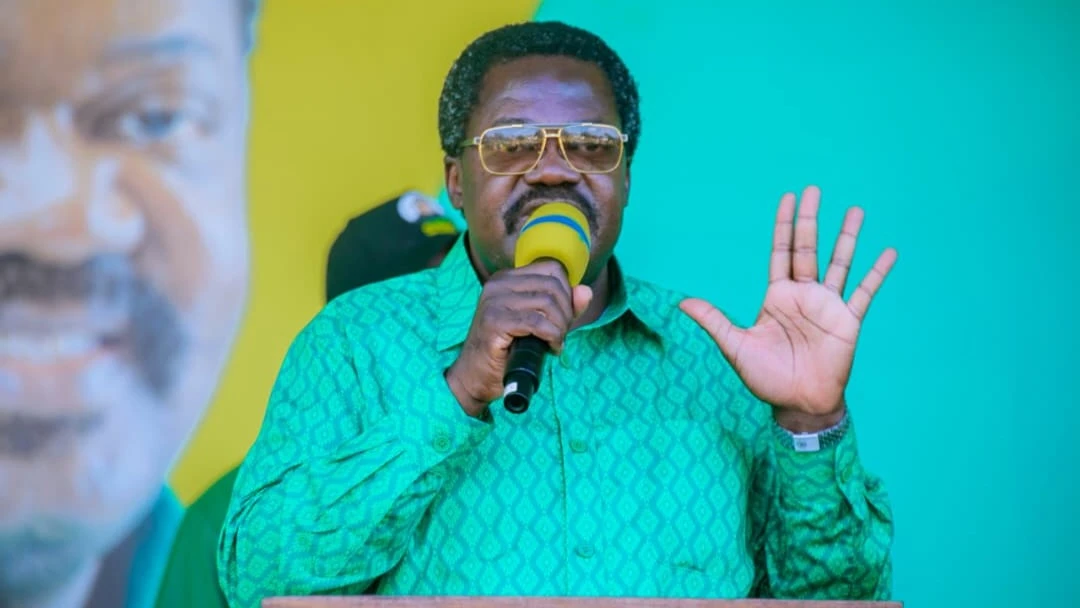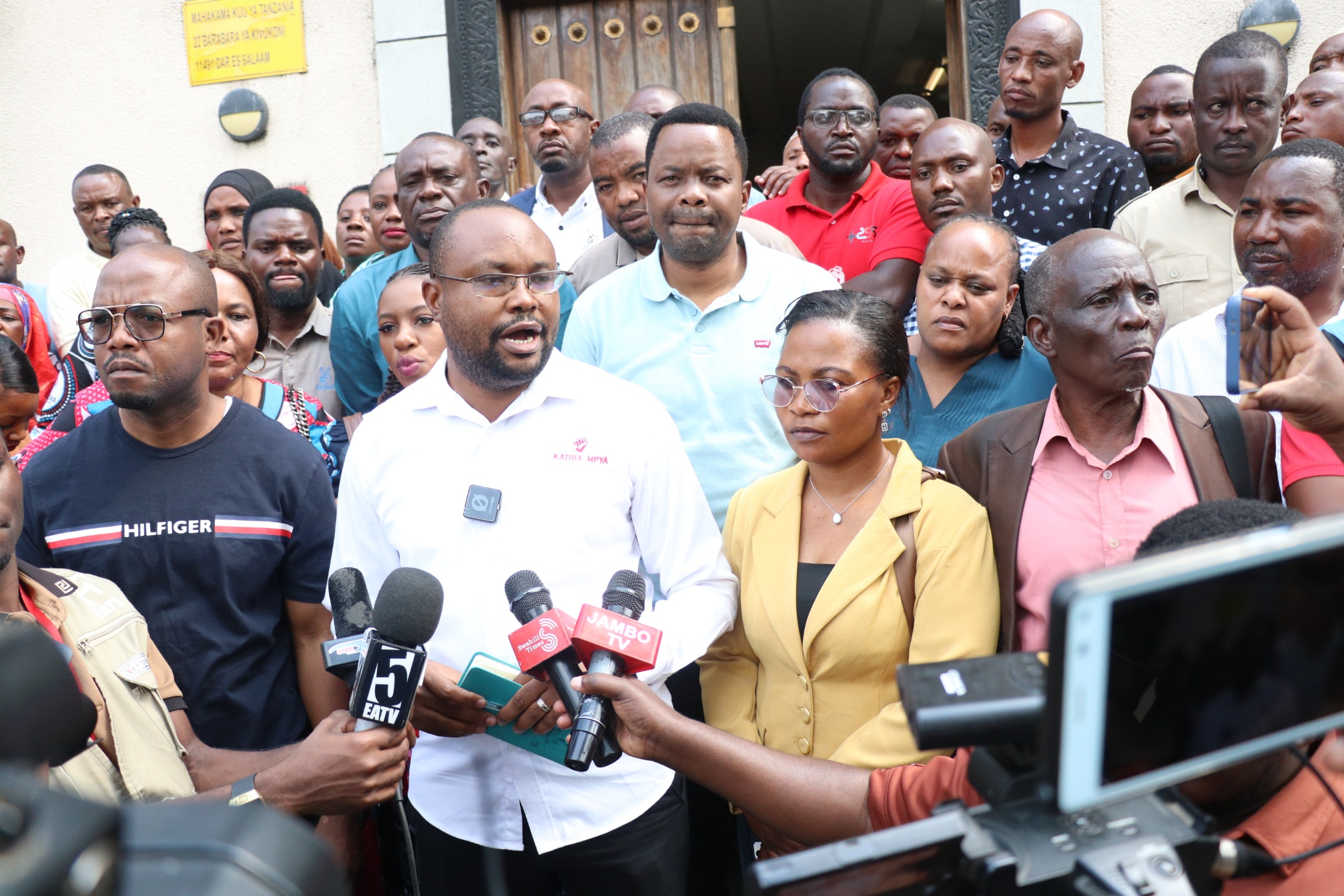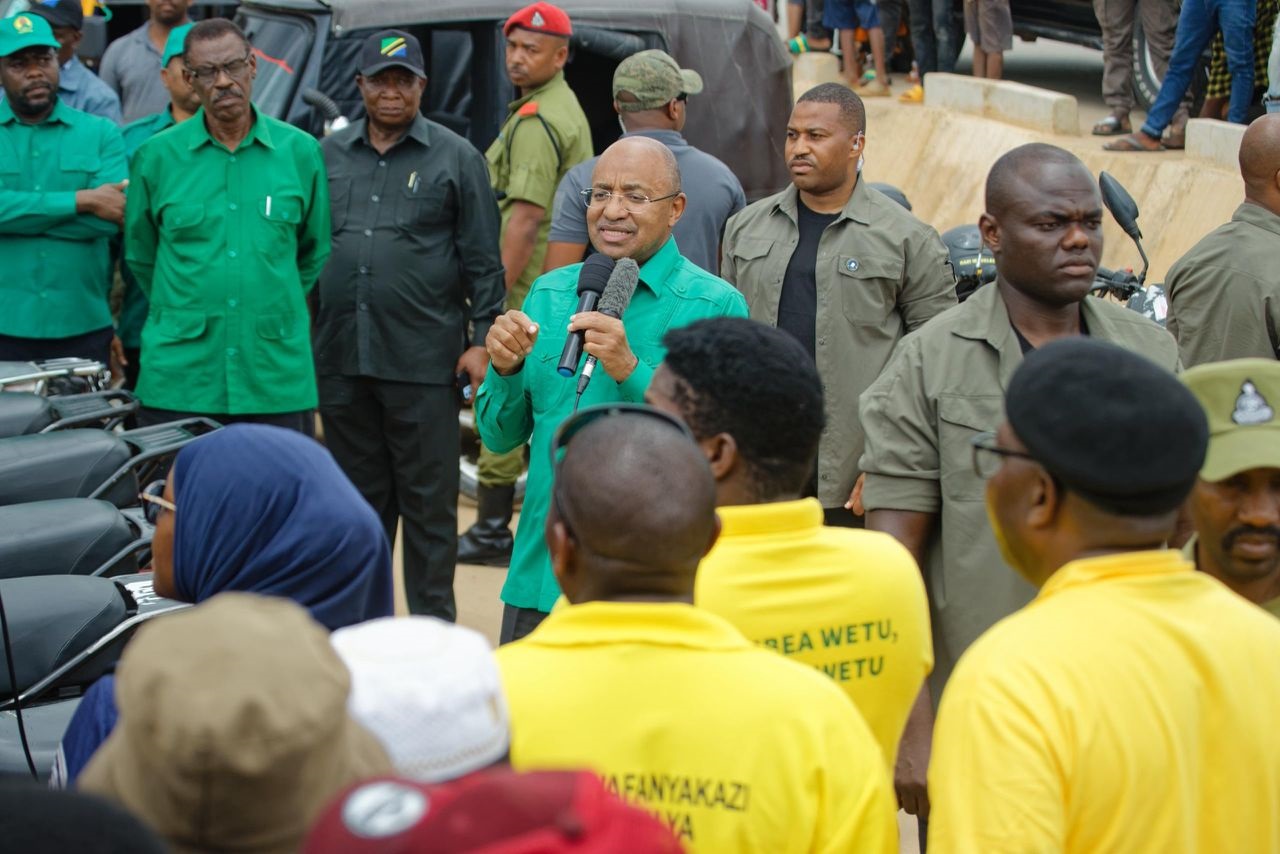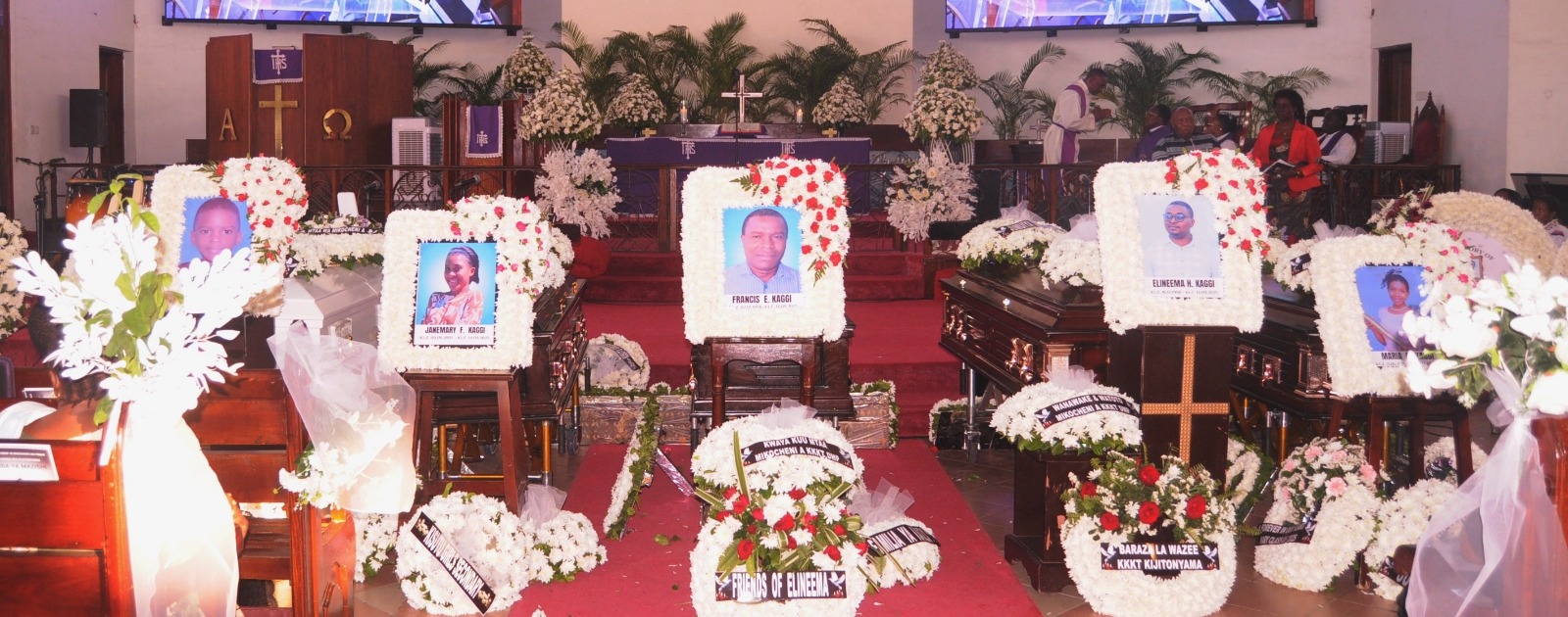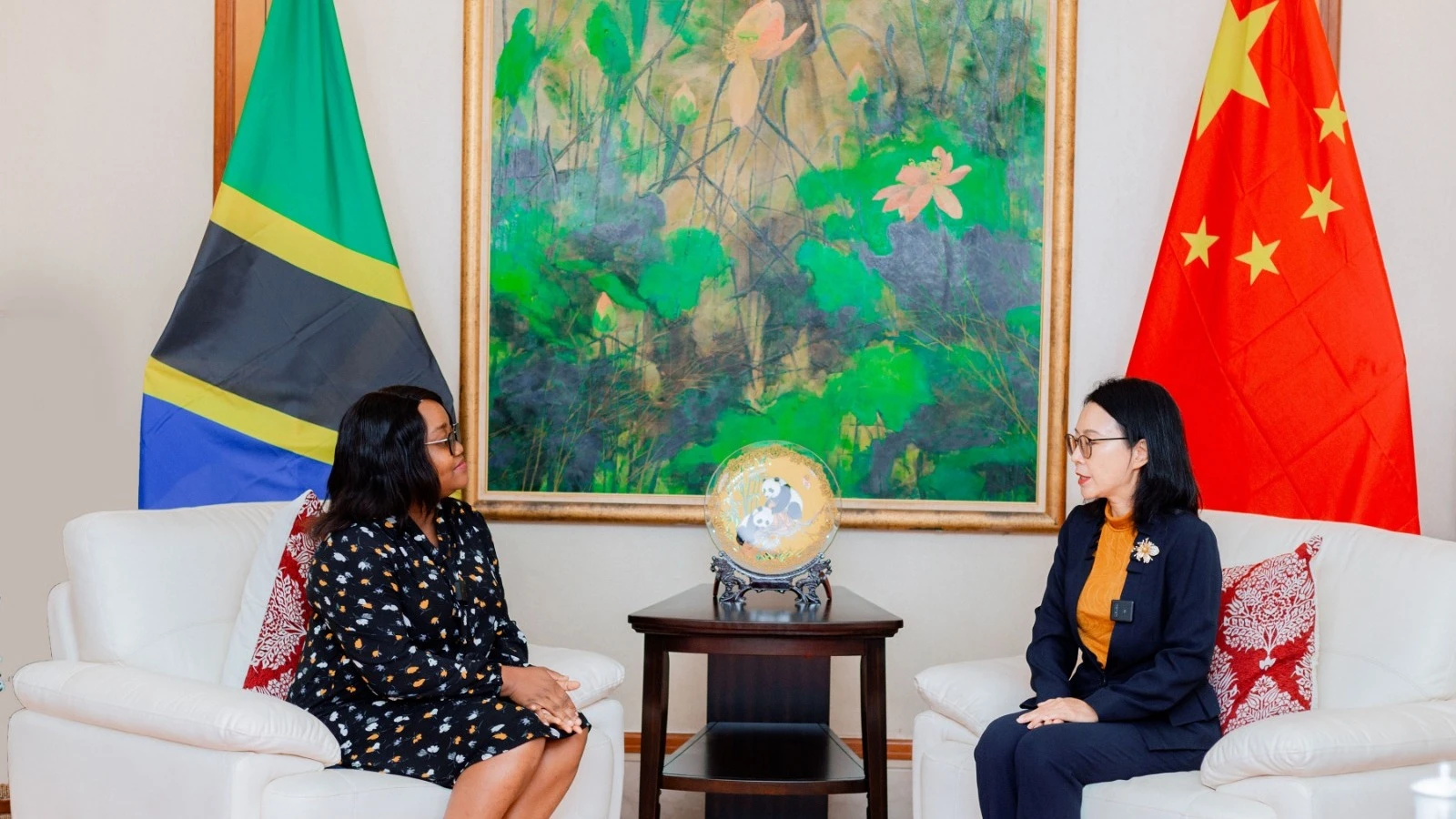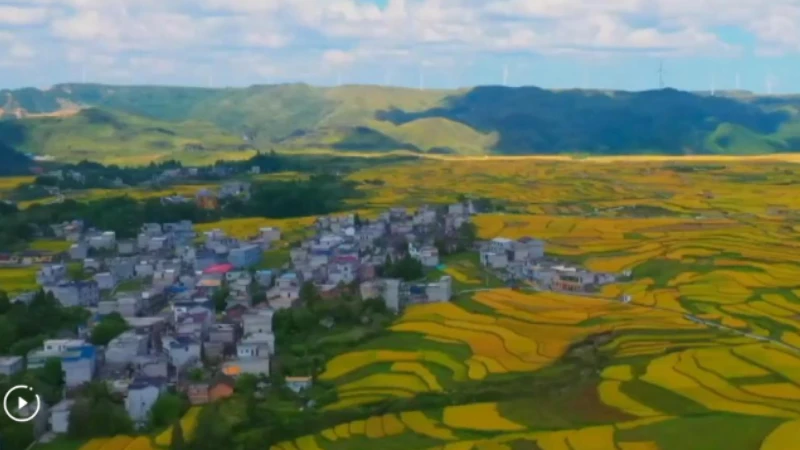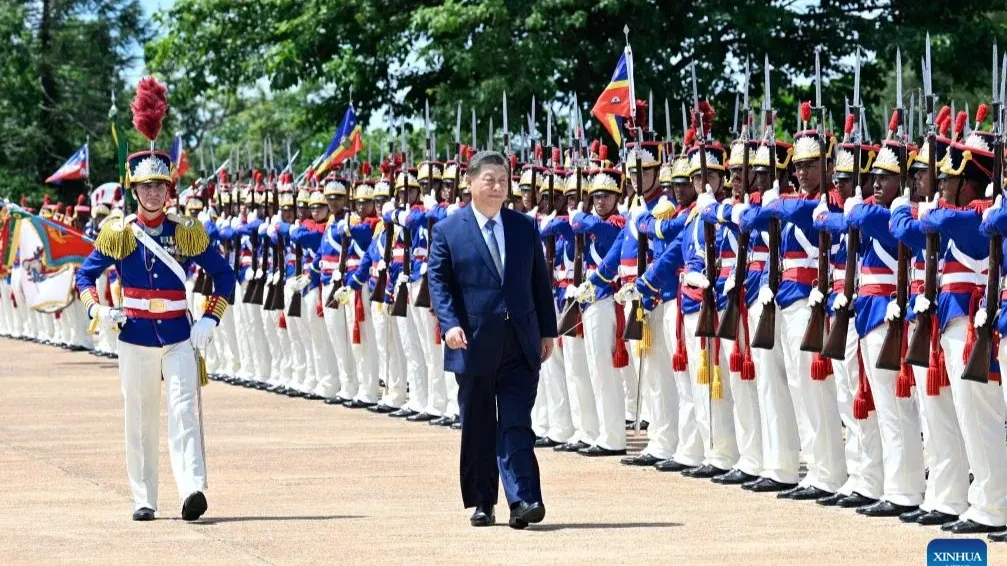Zanzibar unveils $8.4m power boost to end chronic outages
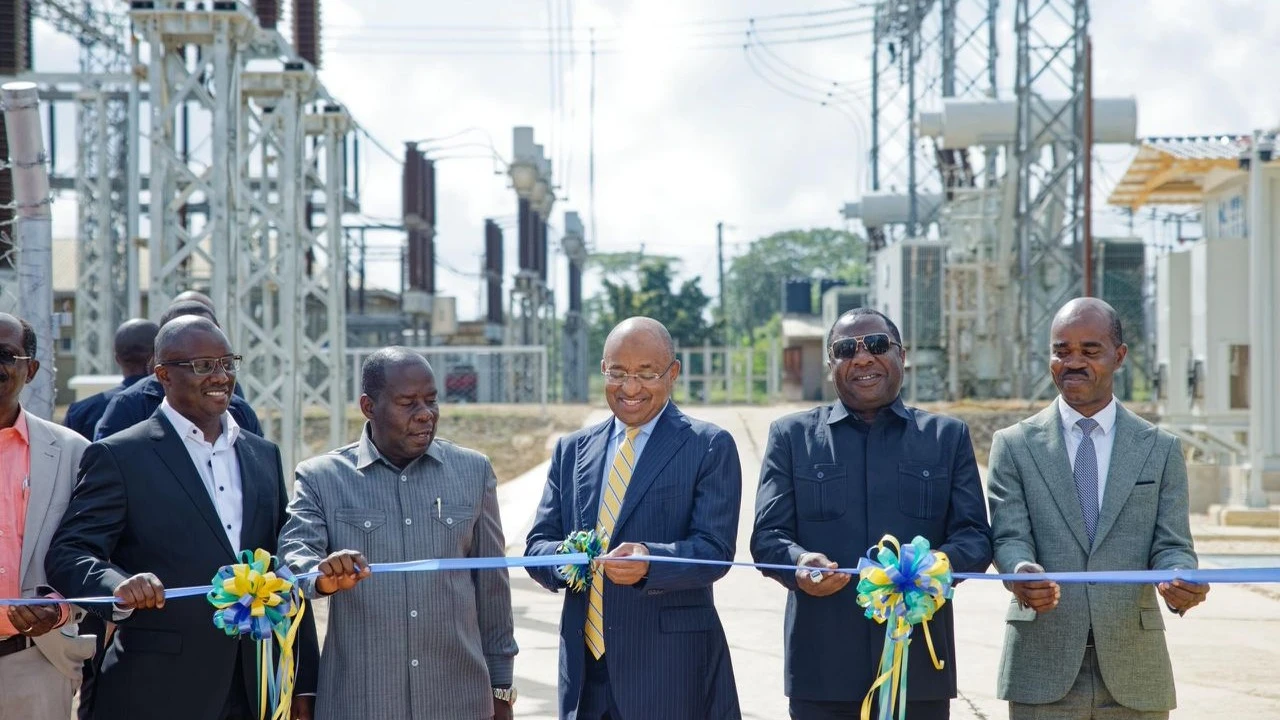
AFTER years of unreliable supply and costly blackouts, Zanzibar is moving closer to a stable power future with the launch of $8.4 million electricity stabilisation project designed to modernise the islands’ grid and meet growing demand.
The project, carried out by Novavis International Ltd—a US-based company with Tanzanian ownership—features the installation of automatic voltage regulators, capacitor banks, and a Static Synchronous Compensator (STATCOM) system at Mtoni Substation in Unguja.
Speaking at the launch ceremony yesterday, Zanzibar President Hussein Ali Mwinyi described the investment as a long-awaited step in addressing Zanzibar’s persistent energy challenges.
“When we came in, our electricity supply was plagued by various problems, including an overwhelmed undersea cable from the mainland,” he said. “These challenges were driven by a growing population and rising demand. This project is critical in stabilising distribution and ensuring reliable supply,” he said.
Cutting costs for businesses
The initiative, which began in July 2023, is already helping reduce operating costs for businesses, particularly hotels that previously relied on expensive diesel generators for backup.
Mwinyi said the broader ambition is to make power accessible and affordable for every household. Under the Zanzibar Energy Sector Transformation and Access (ZESTA) programme, more than 70,000 households will be connected, while connection fees are set to fall to Sh100,000 from the current Sh200,000.
“In the near future, the cost of connecting electricity will be Sh100,000. When we came into office, the fee was over Sh400,000. We reduced it to Sh200,000, and now we are reducing it further,” he said, drawing cheers from the audience.
Alongside this, the government is expanding renewable energy projects—including solar and wind—under the Ministry of Water, Energy and Minerals to diversify supply and enhance resilience.
A multi-phase upgrade
The ministry said the stabilisation project is structured under a 24-month contract. The first phase, which involved installing 33-kilovolt automatic voltage regulators and capacitor banks, has been completed. The second phase—centred on the STATCOM system—is now 99.9 percent complete.
So far, 55 concrete poles, 36 voltage regulators, 37 capacitor banks, and the STATCOM unit have been delivered and installed.
On Unguja, 24 voltage regulators and 26 capacitor banks are already operational in areas including Tungu, Kitogani, Ubago, Chiuni, Mahonda, Donge, Upenja, Fukuchani, Kiembe Samaki, Fumba, and Nungwi. On Pemba, nine voltage regulators and five capacitor banks have been commissioned in locations such as Dodo Pujini, Wesha, Kiungoni, Konde, Wete, and Bahanasa.
The STATCOM system, based at Mtoni Substation, will balance the 33-kilovolt grid supplied from mainland Tanzania, improving voltage stability and ensuring a steady flow of electricity to consumers.
Fixing long-standing technical gaps
Principal Secretary in the Ministry of Water, Energy and Minerals, Joseph Kilangi, said the new systems directly target the technical weaknesses that have long plagued Zanzibar’s electricity network.
“For years, we have struggled with voltage fluctuations, overloads, and technical losses that forced ZECO to resort to emergency measures, including power cuts,” said Kilangi. “These investments will significantly improve voltage quality, allow better management of rising demand, and reduce reliance on temporary fixes.”
Kilangi noted that the upgrades will not only improve household supply but also strengthen industries, hotels, and small businesses that depend on stable power.
Modern technology
Novavis International CEO Eric Kasarika praised the advanced technology deployed in the project.
“The project was implemented using modern equipment that stabilises electricity, minimises fluctuations, and boosts low-voltage supply,” he said.
He added that the equipment was sourced from the United States, China, India, Australia, and South Africa.
“We have installed voltage regulators with the ability to automatically adjust and balance electricity supply as demand rises or falls,” Kasarika explained.
Top Headlines
© 2025 IPPMEDIA.COM. ALL RIGHTS RESERVED


